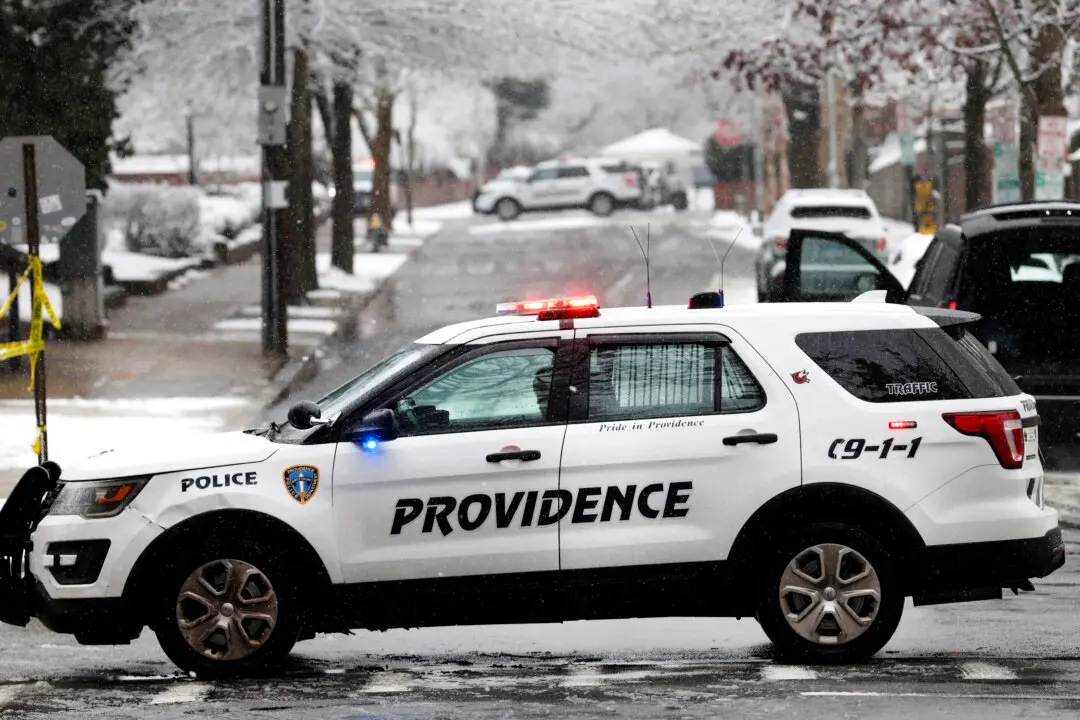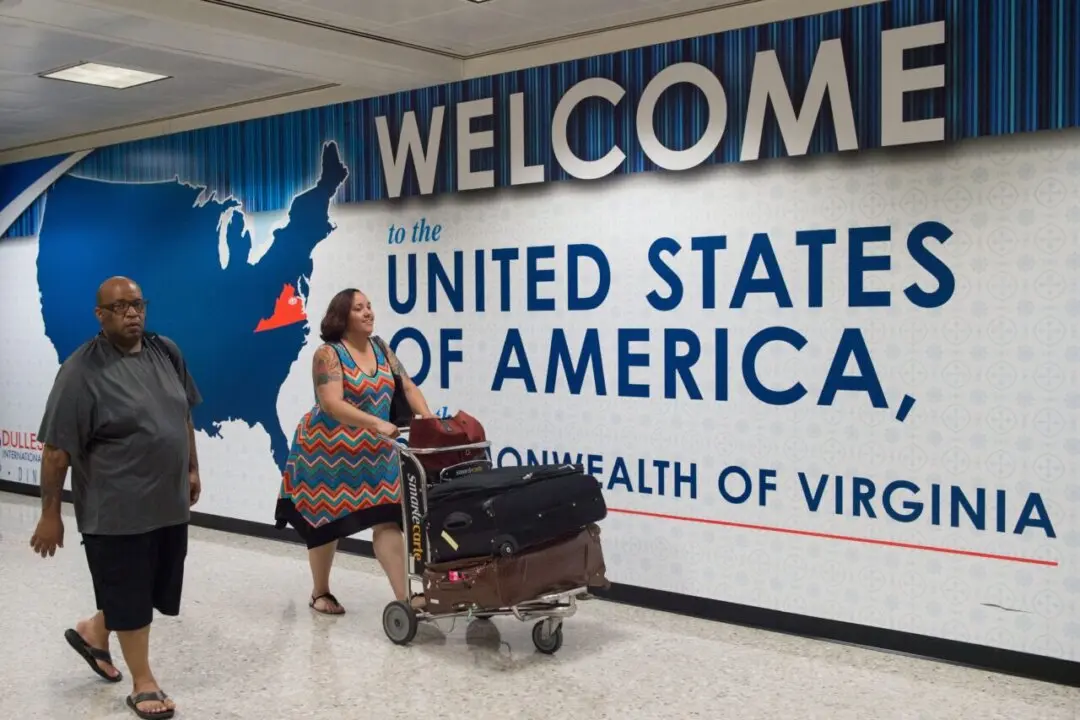Likely billions of dollars of American weapons and vehicles are now in the hands of the Taliban extremist group after the collapse of the Afghan government and army, with numerous videos and photos surfacing online showing Taliban members seizing the equipment.
Photos have circulated of Taliban members holding American M-4 carbines and M-16 rifles rather than AK-47s or AKMs. Other images and videos showed the Taliban surrounding U.S. Black Hawk helicopters and A-29 Super Tucano attack aircraft.





